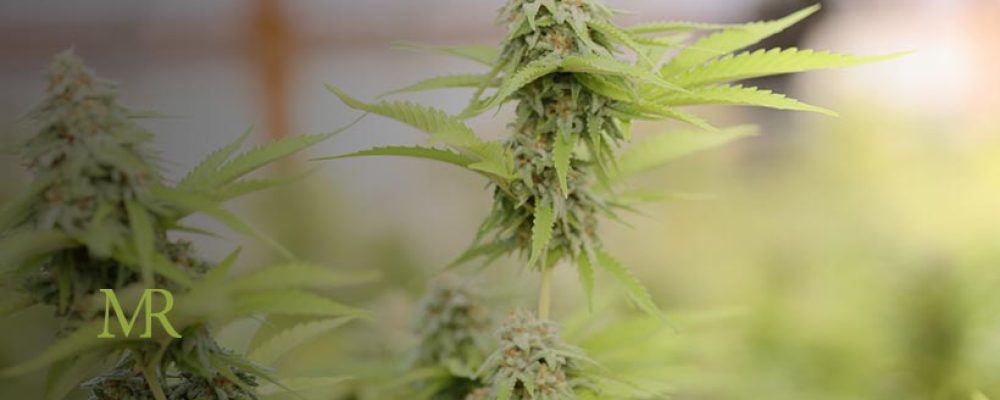As the US cannabis market continues to mature and establish itself as a legitimate player among more traditional industries, marijuana companies are increasingly turning to patents to protect their intellectual property.
The US Patent and Trademark Office (USPTO) reports that more than half of the cannabis-related patents it has issued have come in the past three years. Cannabis-related patent applications have more than tripled in just five years.
The first patent infringement lawsuit over a marijuana-related product is currently playing out in a Colorado federal court, while the only other example to date is an inter partes review taking place before the Patent and Trial Appeal Board at the USPTO.
There appears to be somewhat of an imbalance between the number of cannabis companies seeking patent protection and the number of patent infringement cases that have been filed.
So, why exactly are so many marijuana businesses desperate to secure patent protections if they’re perhaps not as keen to enforce them?
This is especially curious given the peculiarities and challenges specific to cannabis-related patent protection.
First, as a Schedule I drug under the Controlled Substances Act, marijuana is federally illegal. This may put off many marijuana business owners and inventors of cannabis products from seeking patent protection, since the USPTO is a federal agency within the Department of Commerce.
However, there is no requirement that the product be lawfully used in interstate commerce for an applicant to seek a patent. A patent simply excludes others from using the product, and there is nothing illegal about securing such a right.
The second challenge for marijuana patent applicants is that it is a naturally-occurring plant, so some types of patent protection may not be suitable.
Let’s briefly look at the three options available for patenting cannabis-related products before considering why marijuana innovators are so eager to patent their products.
Plant Patents
It became possible to patent plants in the US under the Plant Patent Act of 1930. Previously, plants were thought to be beyond patent law as something that occurs naturally rather than developed by humans.
The Act changed this by making asexually-reproduced plants (plants reproduced without seeds) eligible for patent protection.
While seemingly the obvious patent choice for marijuana breeders who have developed a novel variety, plant patents provide limited protection in practice. This is because the patent holder must prove the accused reproduced the plant asexually.
The accused could instead sexually reproduce the plant, so it may not be genetically identical to its parent but close enough to derive the novel benefits of that particular variety. Partly for this reason, less than 1 percent of the total cannabis patents in force are plant patents.
PVPA Certificates
A second option is the Plant Variety Protection Act of 1970 (PVPA), under which the US Department of Agriculture can issue certificates that entitle the holder to protections similar to plant patents.
The difference is these protections extend to sexually-reproduced plants.
Sounds good, but under the Act’s provisions the applicant is required to submit over 3,000 seeds to a depository based in Colorado. While Colorado may have led the way on marijuana legalization in the US, it remains a federally illegal substance and so the risks of transporting and handing over such amounts to a federal agency may be deemed excessive by many breeders.
This could be why the USDA is yet to issue its first PVPA certificate for a cannabis plant.
Utility Patents
Utility patents offer more comprehensive protection than the other two options. It covers sexually and asexually reproduced marijuana plants, as well as any cannabis-related formulation or cannabis-derived product.
More extensive coverage comes with stricter requirements though. To receive a utility patent, the applicant must submit an extensively detailed written description of the utility offered that would enable others to make use of the invention in the exact same way each time.
This requirement is especially difficult to satisfy for plants given the complexity involved.
So, again, if US patent law isn’t currently well tailored to marijuana and patent infringement lawsuits remain rare, why are so many breeders and companies filing cannabis-related patent applications?
The answer could lie less in legal protection and more within market forces.
While the media often reports on the “booming” marijuana industry in the US, this isn’t the whole story. Tens of thousands of jobs are created in the industry each year, and revenues for many marijuana businesses continued to increase during the pandemic.
But as far as the fortunes of publicly traded marijuana companies goes, their performance on the stock market hasn’t been so great.
As of August 2021, share prices of public US marijuana stocks were down 36 percent from their February highs. Some of the biggest players in the cannabis market are continuing to report losses despite their aggressive growth strategies.
To help regain investor confidence and keep shareholders on board, turning to patent law to protect intellectual property and mark the company out from its competitors makes sense.
“Having this patent, that they can wave around and say, ‘Hey, we’ve got coverage on it, and it’s the best variety [of CBD rich hemp] that you’re going to get. That’s pretty valuable,” said Andrew Merickel, an attorney at the San Francisco office of Knobbe Martens.
There’s more to patents than legal protection. They can also open up new market opportunities.


